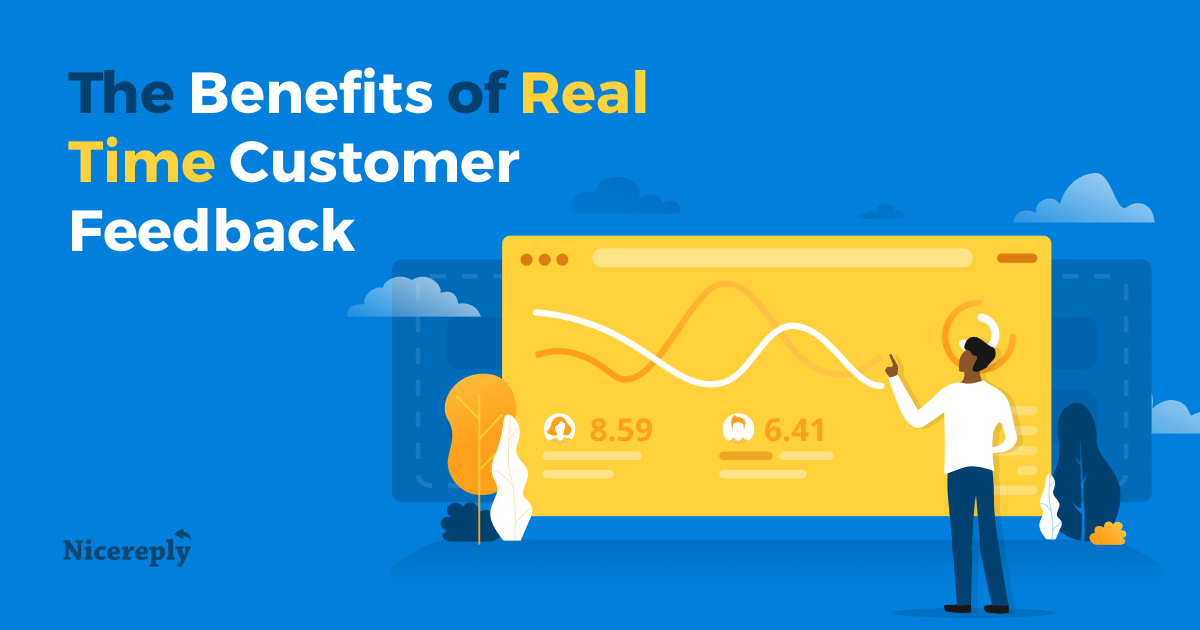

" High-frequency data developments in the euro area labour market,"Įconomic Bulletin Boxes, European Central Bank, vol. Benatti, Nicola & Botelho, Vasco & Consolo, Agostino & Da Silva, António Dias & Osiewicz, Malgorzata, 2020.National Bureau of Economic Research, Inc. NBER Chapters, in: Economic Analysis of the Digital Economy, pages 89-118, " The Future of Prediction: How Google Searches Foreshadow Housing Prices and Sales," " Winners and Losers from COVID-19 : Global Evidence from Google Search," & Hirfrfot,Kibrom Tafere & Woldemichael,Andinet, 2020. " When are Google data useful to nowcast GDP? An approach via pre-selection and shrinkage,"Ģ020-11, University of Paris Nanterre, EconomiX.Ģ019-04, Center for Research in Economics and Statistics.

" Forecasting tourist arrivals: Google Trends meets mixed-frequency data," " Identifying regions at risk with Google Trends: the impact of Covid-19 on US labour markets," Sebastian Doerr & Leonardo Gambacorta, 2020." Tracking the Economic Impact of COVID-19 and Mitigation Policies in Europe and the United States," " Query Indices and a 2008 Downturn: Israeli Data," Askitas, Nikos & Zimmermann, Klaus F., 2009.Ĥ201, Institute of Labor Economics (IZA).Ĩ99, DIW Berlin, German Institute for Economic Research." Google Econometrics and Unemployment Forecasting," The tracker sheds light on the recent downturn and the dynamics of the rebound, and provides evidence about lasting shifts in consumption patterns. Calibration is performed using a neural network that captures non-linear patterns, which are shown to be consistent with economic intuition using machine learning interpretability tools ("Shapley values"). The paper highlights the predictive power of specific topics, including "bankruptcies", "economic crisis", "investment", "luggage" and "mortgage". The underlying model adds to the previous Google Trends literature in two respects: (1) the data are adjusted for common long-term bias and (2) the data include variables based on both Google Search categories and topics (the latter being a collection of related keywords), thus further exploiting the potential of Google Trends. The Tracker performs well in pseudo-real time simulations including around the COVID-19 crisis. This helps marketers understand what’s likely to work when telling stories using data.This paper introduces the OECD Weekly Tracker of economic activity for 46 OECD and G20 countries using Google Trends search data. Google News Lab team examines trending topics every day to figure out which pieces of data brings to life a headline or story. Google has increased the breadth and coverage of Google Trends data to allow for in-depth research on more niche topics in smaller geographies.

The Google Trends homepage ranks lists of trending stories that are gaining traction across Google, real-time. Google now combines Search with YouTube and Google News to better understand what topics and stories are trending across the web right now. Go to Google Trends and explore this data by selecting any time range in the last week from the date picker. Marketers can explore minute-by-minute, real-time data behind the billions of searches that take place on Google every month. Google’s recent changes ensure that users get: That’s over 3.5 billion searches per day and 1.2 trillion searches per year worldwide. On average Google processes over 40,000 search queries every second. It’s all about real-time minute-by-minute data on trending searches.


 0 kommentar(er)
0 kommentar(er)
